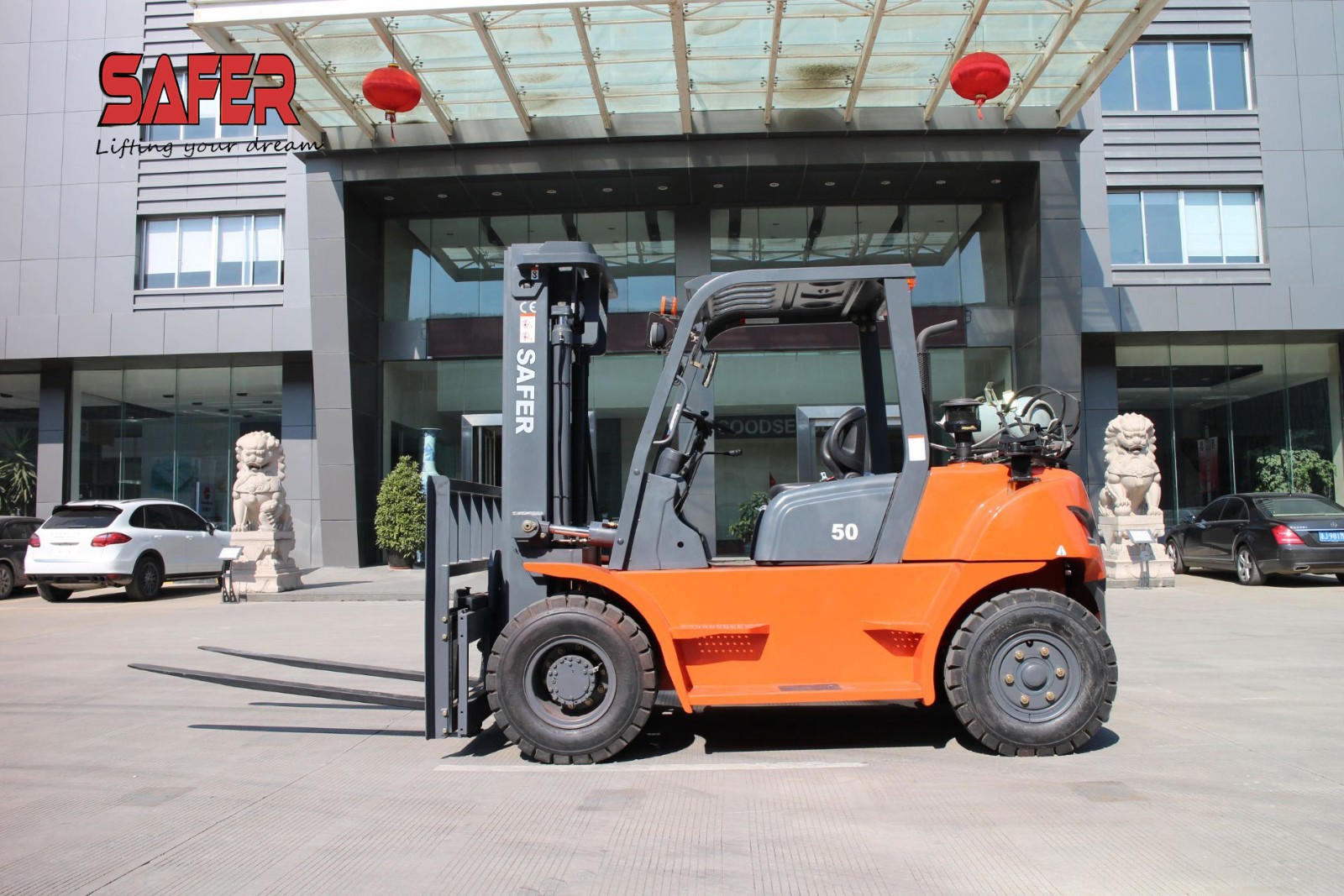The past and present of the logistics pallet
The benefits brought by the pallets to the modern logistics industry are mainly reflected in the fact that the unit packaging, standardization and standardization of the articles can be realized, the articles can be protected, and the logistics and business flow can be facilitated.
Pallet circulation originated from war
From a global perspective, pallet use originated in Australia, but the circulation of pallets between companies originated in the United States. In the Pacific War of the 1930s, the US military used pallets for the first time to improve cargo handling efficiency and ensure the supply of logistics supplies. In 1946, the Australian government established a federal handling equipment sharing system with a standard pallet usage rate of 95%, making it the country with the highest proportion of standardized pallets in the world today and the largest pallet sharing system in the Southern Hemisphere. Since then, pallets have been widely used in countries around the world and are considered to be one of the two key innovations in the logistics industry in the 20th century.
The first country in Europe to implement pallet circulation was Sweden (1947), followed by Switzerland (1951). The success of the two-country pallet joint system has had a major impact on other European countries, leading to many European countries such as France and Germany. They have set up their own domestic pallet sharing systems.
Tray size
The current international standards for pallets are available in six sizes. From the perspective of international trade, each national interest group hopes that other countries will adopt their own pallet standards, so that domestic goods can make full use of their country's logistics equipment and facilities, and low cost. Successfully entered the market of other countries, but not willing to share any price for the country to change the pallet standard and then change the industry standard. Therefore, a country generally does not easily change its own pallet size standards. From the perspective of commodity trade, the pallet standard is a trade technical barrier that can play a role in promoting the export of goods or protecting the domestic market.
First, flat tray
Flat trays are the most widely used, with the largest number of uses and the best versatility. Flat trays can be subdivided into three types:
1 According to the table top classification. There are four types: single-sided, single-sided, double-sided and airfoil;
2 According to the forklift fork classification. There are three types: one-way fork type, two-way fork type, four-way fork type;
3 Classification according to materials. There are five types of wooden flat trays, steel flat trays, plastic flat trays, composite flat trays, and paper trays.
Pre:What is the explanation of logistics terms such as value chain?
Next:Linde won the "China Industrial Vehicle Innovation Award" Gold Award
3.0-3.5Ton Electric Forklift-Saferlifts

5.0-7.0 Ton LPG & Gasoline Forklift
Electric Pallet Truck
7.0-8.0Ton Diesel Forklift
3.5 Ton LPG & Gasoline High Cost Performance Forklift

versatile diesel forklift truck
Tel: +86-021-31825985 / PH: +86-13671989370 / Email:info@saferlifts.com